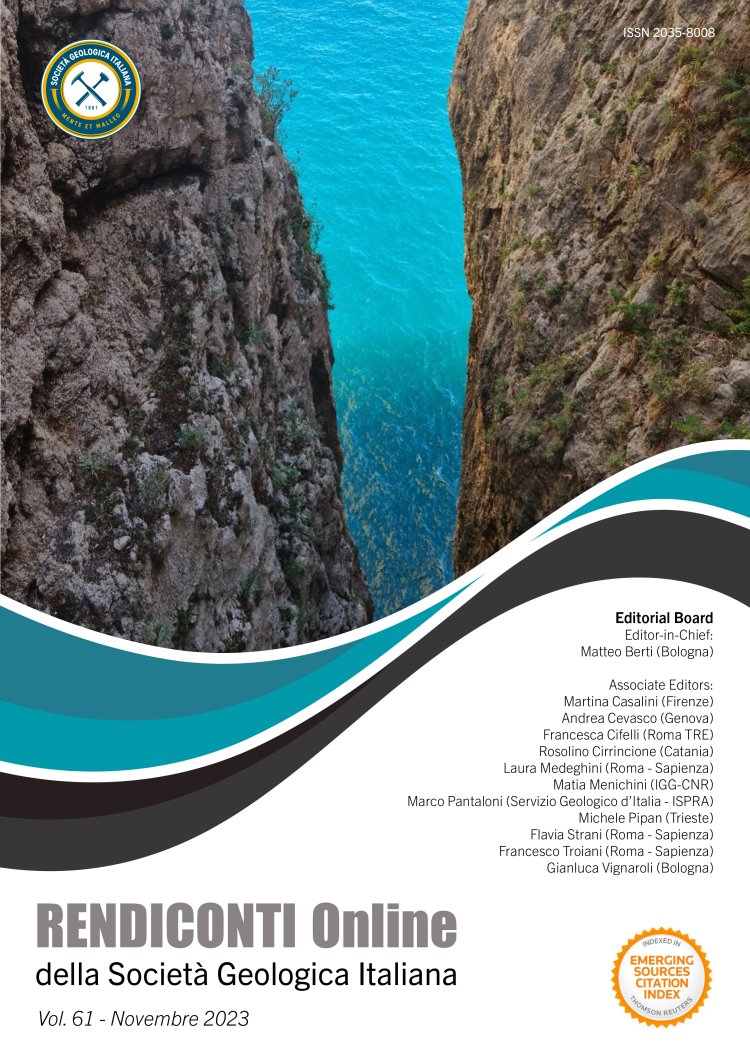

Modelling stony debris flows involving culverted streams: the Abbadia San Salvatore case (Mt. Amiata, Italy)
Michele Amaddii1,2, Giorgio Rosatti3, Daniel Zugliani3, Lorenzo Marzini2 & Leonardo Disperati2
1Department of Earth Sciences, University of Florence, 50121 Florence, Italy.
2Dipartimento di Scienze Fisiche, della Terra e dell'Ambiente, Università degli Studi di Siena, 53100 Siena, Italy.
3Department of Civil, Environmental and Mechanical Engineering, University of Trento, 38123 Trento, Italy.
Corresponding author e-mail: michele.amaddii@unifi.it
DOI: https://doi.org/10.3301/ROL.2023.55
Volume: 61/2023
Pages: 108-115
Abstract
In urbanised areas, debris flows may encounter, along their path, closed sections due to culverted or buried streams. The solid phase can clog these sections, almost instantaneously transforming an effective work into a source of hazard. This condition requires particular attention in the design and model-based verification stage of these hydraulic works and needs advanced modelling approaches to describe the deposition process leading to clogging. In this work, we present a case study in the Abbadia San Salvatore town (Mt. Amiata, Italy), where a new culvert was realised after a debris flow event, which may potentially undergo clogging. Starting from the results of a previous study aimed at the back-analysis of a clogging event that occurred in 2019, this paper focuses on evaluating the susceptibility to clogging of the new culvert. Using the TRENT2D debris flow model, two scenarios were analysed: the former consisting of the sole new culvert and the latter considering an additional open check dam to be located upstream of the culvert. Results show that the first solution is effective, even though not providing a reasonable safety factor against clogging, while the second scenario provides a more robust configuration. Additionally, this study offers outcomes and considerations that can be used in a more general design context.
Keywords
Get Full Text